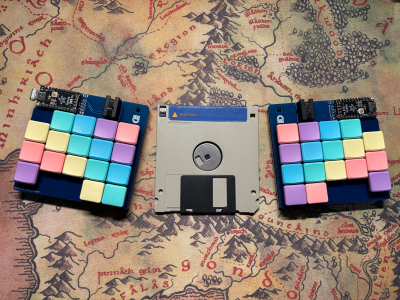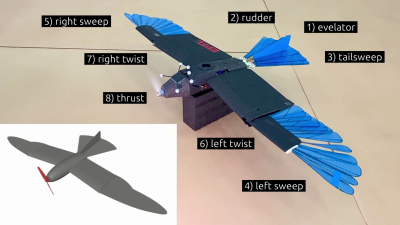If you live near Central Park or some other local chess hub, you’re likely never short of opponents for a good game. If you find yourself looking for a computer opponent, or you just prefer playing online, you might like this LED chessboard from [DIY Machines] instead.
At heart, it’s basically a regular chessboard with addressable LEDs of the WS2812B variety under each square. The lights are under the command of an Arduino Nano, which is also tasked with reading button inputs from the board’s side panel. The Nano is interfaced with a Raspberry Pi, which is the true brains of the operation. The Pi handles chess tasks—checking the validity of moves, acting as a computer opponent, and connecting online for games against other humans if so desired. Everything is wrapped up with 3D printed parts, making this an easy project to build for the average DIY maker.
The video tutorial does a great job of covering the design. It’s a relatively simple project at heart, but the presentation is great and it looks awfully fun to play with. We’ve featured some other great builds from [DIY Machines] before, too. Video after the break. Continue reading “Building A Pi-Powered LED Chess Board”


















